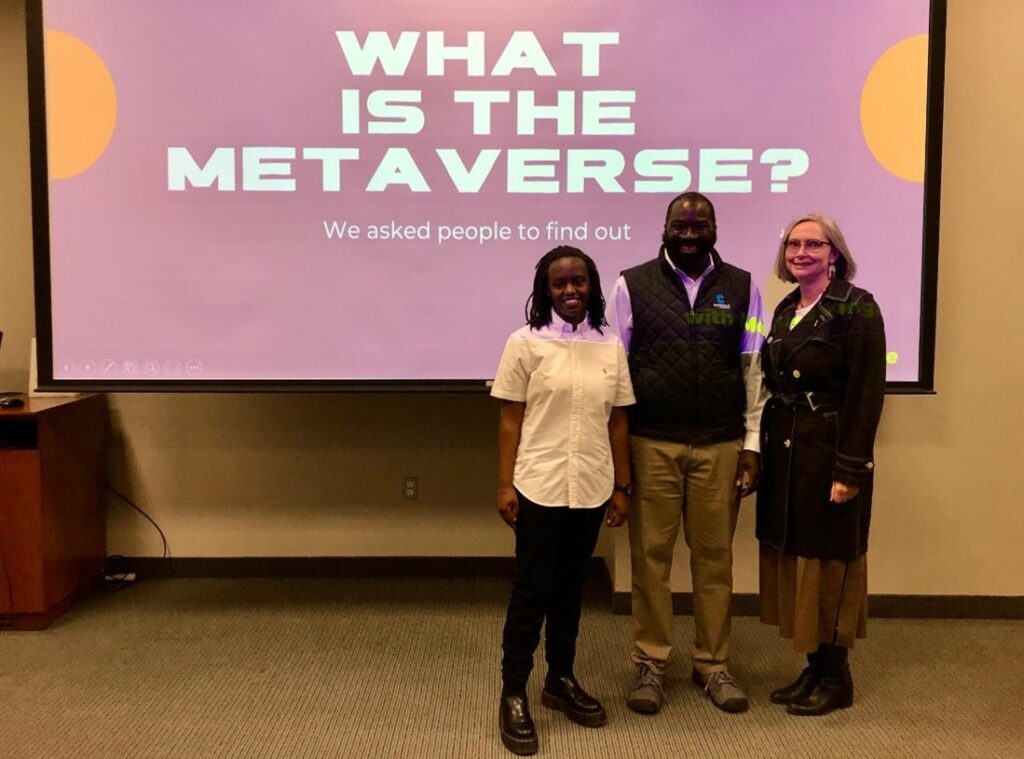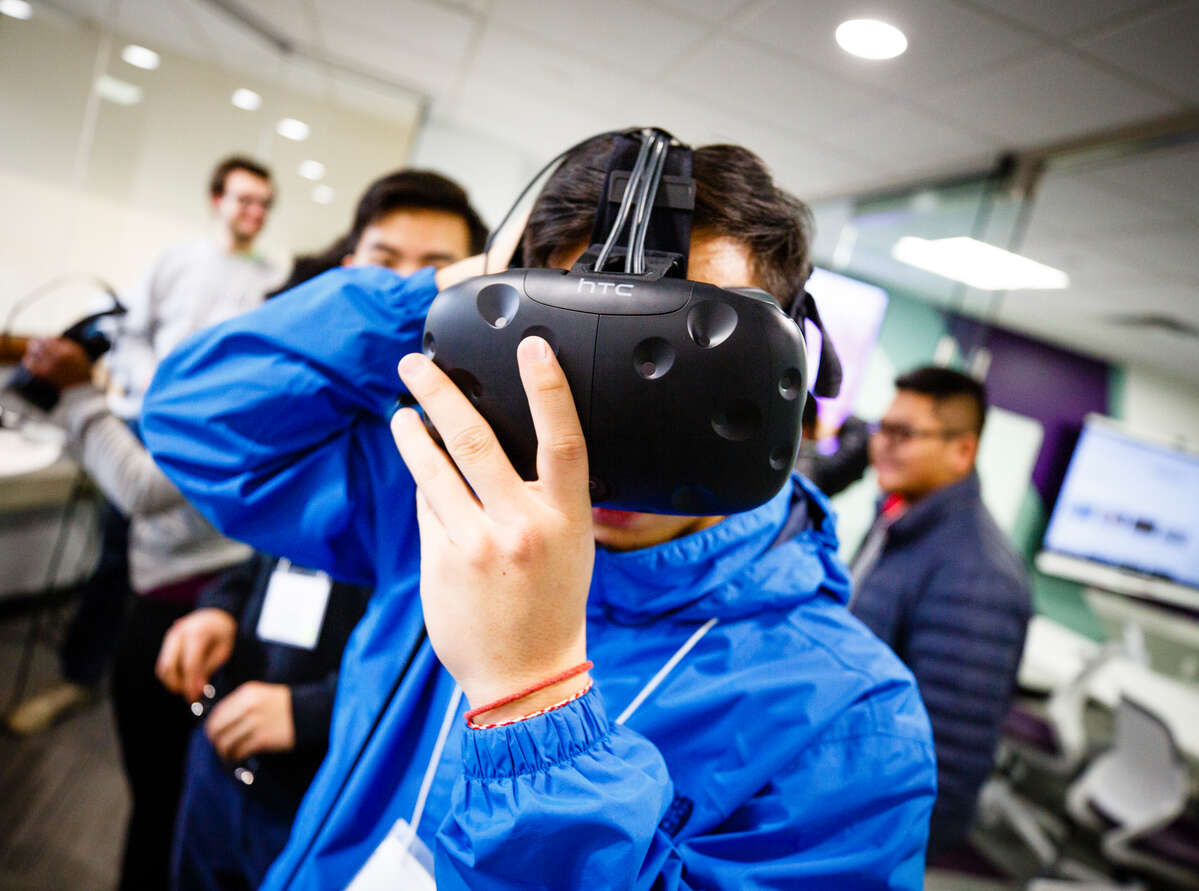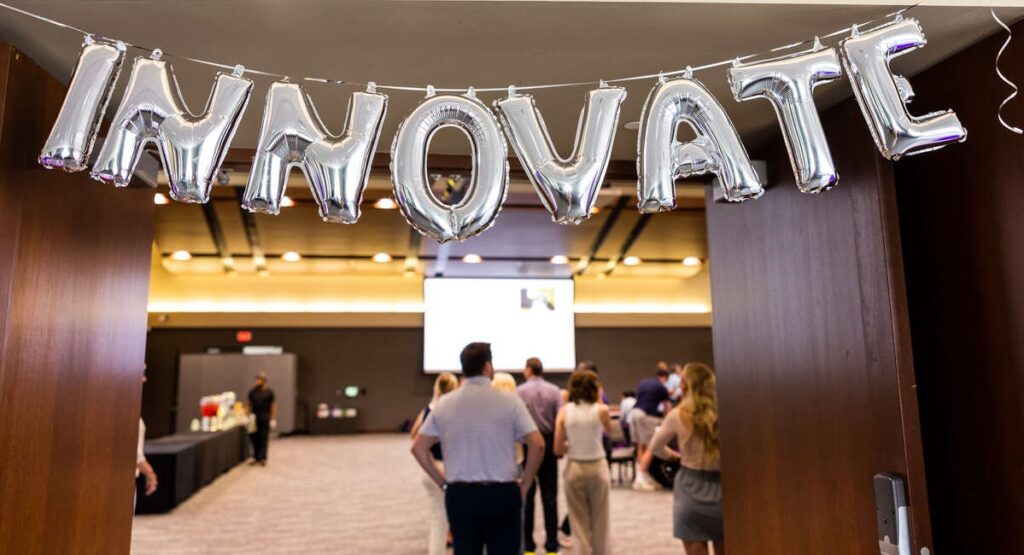Why digital fluency is a necessity for today’s students
Today’s students are often called digital natives, born into a world where digital technologies such as computers, smartphones and the internet have always been a part of their daily lives.
Although they are familiar with social media platforms like TikTok, Snapchat, they have only a moderate understanding of how emerging technologies like artificial intelligence (AI), blockchain, and automation are reshaping the current workforce. While experimenting with augmented reality Snapchat filters, playing virtual reality Beat Saber, or exploring drones and robotics may expose students to some of the emerging technologies that are reshaping our world, a more thoughtful approach is needed.
In today’s economy, every company is a technology company. Technology underpins everything, from AI-driven customer insights and digital commerce, to connected supply chain and manufacturing capabilities. To stand out in today's competitive job market, students must cultivate digital fluency in both their personal and professional lives.
lee winbush ’17 MBATo stand out in today’s competitive job market, students must cultivate digital fluency in both their personal and professional lives.”
Navigating the problem space
While virtual reality (VR) can provide an enjoyable gaming experience, its potential uses extend beyond entertainment. For example, VR can be utilized for employee education to safely manage high-voltage electrical systems or for soft skills training, such as job interviews or public speaking. Believe it or not, these capabilities exist today!
This is precisely where digital fluency and the ability to understand and navigate the problem space is such a critical step. What is digital fluency? Consider the fluency of someone who speaks multiple languages, switching effortlessly between them. In the same vein, students who are comfortable researching and adopting emerging technologies may find themselves at an advantage when evaluated by potential employers.
Although digital fluency is essential, it’s not the only factor. It's equally important to define and understand the “problem space” and the stage upon which a particular situation exists. Before proposing digital solutions, individuals must ask thoughtful questions such as, “What is the problem we are trying to solve? What does success look like?”
By taking this approach, students can create a strong digital literacy foundation by first understanding the problem space from the human perspective.
Skills for the future
Understanding the problem space is akin to diagnosing a mechanical failure or shortcoming on a car, while digital literacy provides the set of tools the technician can use to repair or make the improvements. To address modern business challenges and find appropriate technology solutions, digital natives must take advantage of the digital capabilities available to them.
Suppose a student receives an internship with a manufacturing company that faces difficulty in promoting its newest invention to automotive industry customers. By leveraging critical thinking, the student can identify the problem and discover that customers fail to comprehend how the technology can enhance efficiency and reduce costs during manufacturing. The student could propose a solution of using immersive virtual reality technology to take the customers inside the car and provide firsthand experience of how the invention will streamline automobile manufacturing.
In this scenario, the intern demonstrated digital literacy by identifying a problem, applying critical thinking, and suggesting the use of VR as a solution. However, technology is constantly evolving, and it’s important to stay up to date. While the metaverse was popular yesterday, today, generative AI technologies like OpenAI’s ChatGPT have taken center stage. To keep current with emerging technologies, horizon assessments can be helpful in assessing capabilities, usage, near-term trends, and risks associated with a particular technology.
Horizon assessments
Picture a scenario where newspapers across the U.S. had predicted the emergence of smartphones and the Web2 creator economy. In 2001, futurist Amy Webb recognized this possibility and attempted to persuade newspaper executives of this distant but now current reality. However, this concept was beyond their scope at the time.
To analyze an emerging technology, stakeholders can utilize a horizon assessment and pose key questions: How is the technology used today? Who are the key suppliers and users? What are the implications of this technology for various markets or segments of society? What is its forecasted usage in the future? A horizon assessment can be a powerful method for evaluating a technology’s present and potential future adoption.
Human element
Understanding technology is not enough. Digital natives must also account for the human element of digital fluency: collaboration, inclusion and change management.
Lee winbush ’17 MBADigital natives must also account for the human element of digital fluency.”
Digital fluency requires collaboration, as no individual can have complete knowledge about a specific technology. Consider someone who specializes in developing web applications but has a limited understanding of best practices for supporting and scaling cloud infrastructure or setting up an e-commerce platform. Collaborating with individuals who bring complementary expertise to the table can help advance achieve objectives. Additionally, inclusion is essential for bringing together diverse perspectives.
Agile software practices emphasize including the customer in the digital system design process to ensure that their perspective is captured in the final solution. Finally, without thoughtful change management, users may be reluctant to embrace your digital solution. It’s critical to help your stakeholders understand the purpose behind the solution and the issues it seeks to address before demonstrating how it can improve their lives.
Digital natives have had the advantage of internet-connected mobile devices, always-on access to information, and immersive social and entertainment experiences. However, thriving in the digitally connected job market requires more than these advantages.
When addressing a problem for stakeholders, digital natives must understand the problem space first. Before implementing digital solutions that may help, they should consider an extensive range of digital options available to them, and a horizon assessment can help in that regard. Lastly, digital natives must recognize the importance of collaboration with people with diverse skills and perspectives, while keeping the change management strategies in mind to ensure their digital solutions offer value to stakeholders.

Author Lee Winbush ’17 MBA serves the Opus College of Business as an executive fellow and adjunct faculty – advancing and teaching emerging technologies in business. He teaches BUID 301 – a required course in the Business in a Digital World (BDW) Certificate for undergraduate students.
Related Content

Enter the Metaverse With St Thomas
Business & Law







